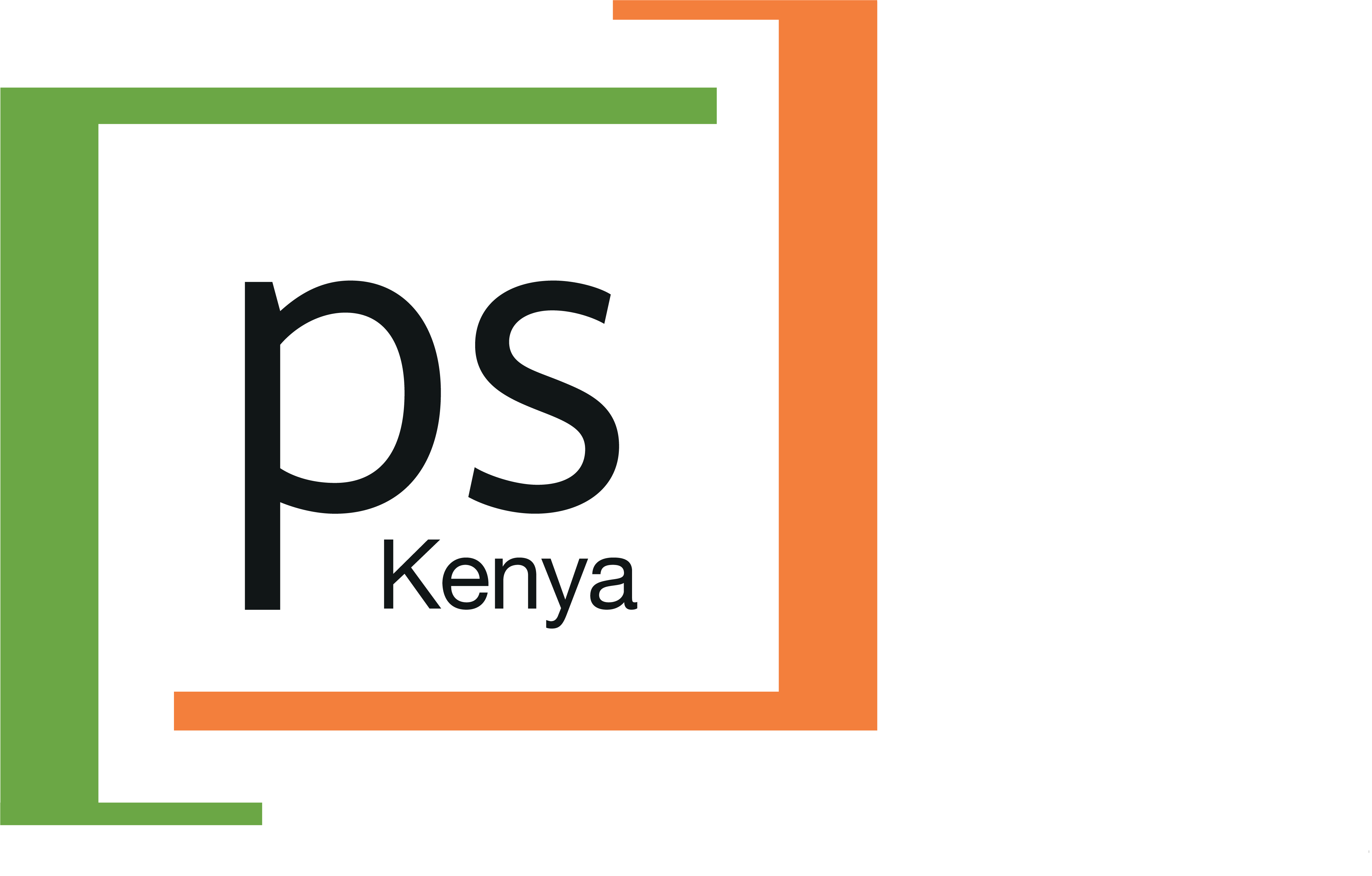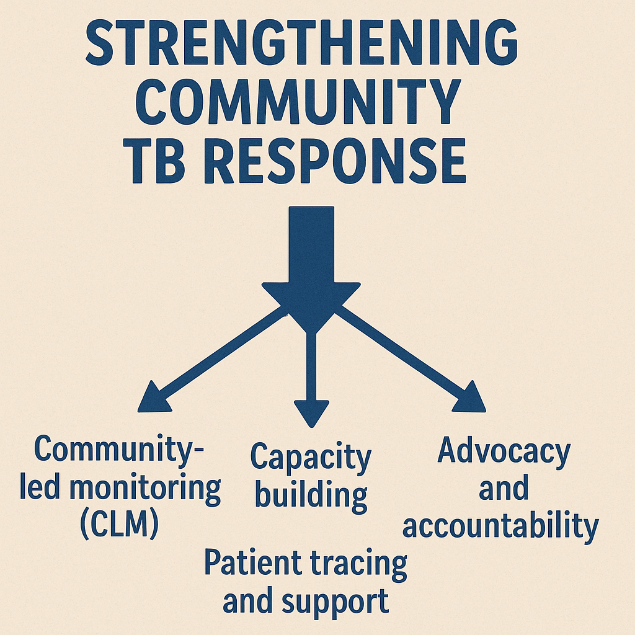Tuberculosis is the 4th leading cause of death in Kenya, placing the nation on the list of Top 30 high burden countries with a prevalence rate of 558/100,000. While awareness of tuberculosis is claimed to be high, risk perception remains low: that is, people may know that there is a disease called tuberculosis, but they do not consider themselves at risk of it when they fall sick. This has contributed to the high prevalence rate, especially amongst young men in urban and peri-urban settings.
In January 2019, Centre for Health Solution Kenya (CHS) the principal recipient of TB ARC II activity partnered with Population Services Kenya (PS Kenya) to implement sub purpose two of TB ARC II activity. The two key outputs were to Raise awareness and demand for TB services & treatment completion and to Improve and expand private sector community partnership.
In order to attain key output number, ‘Raise awareness and demand for TB services and treatment completion. PS Kenya sought to use social media as one of the tools to achieve the above. Studies show that 72% of Kenyans access internet daily, with 43% of this users having smart phones or advanced feature phones the have access apps such as Whatsap and 82% of these users on facebook.
Also, during the novel coronavirus period, social media uptake has gone up. Facebook has seen a growth of up to 900K more active users. Previously 8.1 M monthly active users are up to 9.1 million active monthly users. Instagram usage has also gone up by 16% from the previous 2.4 million users. Twitter conversations have blown up to over 2 million from 500,000 recorded early in February. Tiktok Users are estimated to be 3.2 million in Kenya,
The average hours spent on social media by an average Kenyan was 3 hrs a day now this has doubled over this period having the average at 5.7hrs a day. Video Consumption has gone up during this period considering people have more time with their phones/ digital devices and are out seeking for engaging content and information.
The main objective of the social media campaign was to increase awareness of tuberculosis amongst the target audience of men (Sammy) and women (Fatuma) both aged 20-35 years so that; they understand the symptoms of the disease and feel confident that they can get screened.
The key performance indicator was to reach over 1,000,000 million people with the campaign, geo- tagged to the high TB prevalence counties that is, Nairobi, Mombasa, Nakuru, Kisumu, Meru, Embu, Tharaka Nithi, Kiambu and Kajiado
The critical path undertaken while implementing the TB social media campaign.
|
|
PRE CAMPAIGN
|
|
CAMPAIGN
|
|
• We did a comprehensive channel selection across the digital media touch points • Developed content creation, influencer and media buying strategy and execution. |
|
POST CAMPAIGN
|
|
|||
The above phased process, enabled us raise awareness and demand for TB services & treatment completion. The success was that through this approach, we drew learnings that can be integrated while using social media to pass across a health messages. For instance;
Audiences relate more on posts with graphics and speech bubbles with a call to action as opposed to medically plain messages.
Integrated Campaigns: The audience that interacted with other TB campaigns such as Matatu branding and wall branding would visit the social media page to gather more information
Power of storytelling: The part of having testimonials to share their story would engage more people to interact with the social media posts.
In conclusion, the power of social media penetrates every aspect of human life. Our health is one of the most important issues we all face daily, studies found that 41% of people say that social media affected their choice of a specific doctor, hospital or medical facility. 80% of those even looked for health-related information online. Social media and healthcare are a powerful combination. You can connect with patients and caregivers, share information, discuss health care policies, promote health awareness and communicate with the public. As an organization let’s keep embracing social media as tool in our program work.
Story compiled by Terry Gatauwa



